Purslane has traditional Chinese medicine effects such as clearing heat and detoxifying, cooling blood and stopping bleeding, and stopping dysentery. It is rich in vitamin A, vitamin C, dietary fiber, and minerals such as potassium and magnesium. Purslane is commonly used in traditional Chinese medicine for diseases such as damp heat diarrhea, heat toxicity ulcers, and rectal bleeding and diarrhea. Its nutritional components help to resist oxidation and regulate gastrointestinal function.
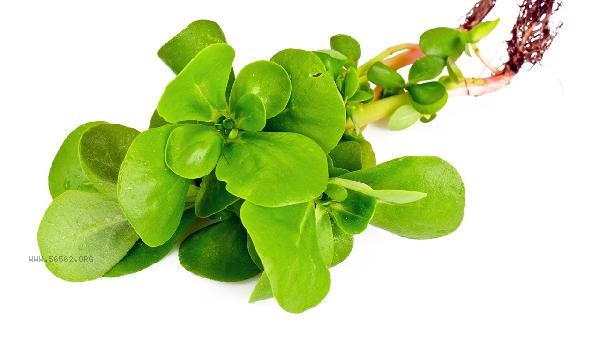
1. Clearing heat and detoxifying
Portulaca oleracea has a cold and sour taste, and is beneficial for the liver and colon meridians. It can clear heat toxins. For hot and thirsty conditions, sore throat, or skin ulcers caused by heat, fresh rubbing or decoction can be taken orally to relieve them. The flavonoids and organic acids contained in it have antibacterial and anti-inflammatory effects, and have inhibitory effects on common pathogenic bacteria such as Staphylococcus aureus and Shigella.
2. Cooling blood to stop bleeding
The hemostatic effect of purslane is suitable for nosebleeds, rectal bleeding, and metrorrhagia caused by excessive blood heat. It is rich in vitamin K and tannins, which can promote platelet aggregation and shorten clotting time. Commonly used in folk medicine, fresh purslane juice is mixed with honey to treat hemorrhoid bleeding, or combined with Eucommia ulmoides charcoal to enhance its astringent and hemostatic effects.
3. Preventing and treating diarrhea
Purslane has significant effects on damp heat dysentery and acute enteritis. The mucus content can protect the intestinal mucosa and reduce inflammatory stimulation. The traditional Chinese medicine formula Purslane Decoction is mainly composed of this product, combined with Huanglian and Muxiang to treat bacterial dysentery. Modern research has confirmed that its extract has inhibitory effects on Shigella.
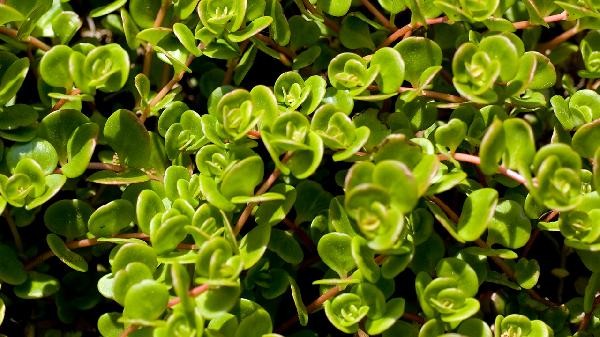
4. Antioxidant
The vitamin C content of purslane is several times that of citrus fruits. Combined with its unique beetroot red pigment and beta carotene, it can eliminate free radicals and delay cell aging. Experiments have shown that its extract can enhance the activity of superoxide dismutase and have a protective effect against radiation damage and liver fibrosis.
5. Nutritional Supply
Fresh purslane contains 2.3 grams of protein and 85 milligrams of calcium per 100 grams, and its omega-3 fatty acid content ranks first among wild vegetables. Dietary fiber accounts for 1.5% and can promote intestinal peristalsis. The potassium to sodium ratio is as high as 10:1, which is suitable for people with hypertension to consume, but kidney disease patients need to control their intake.
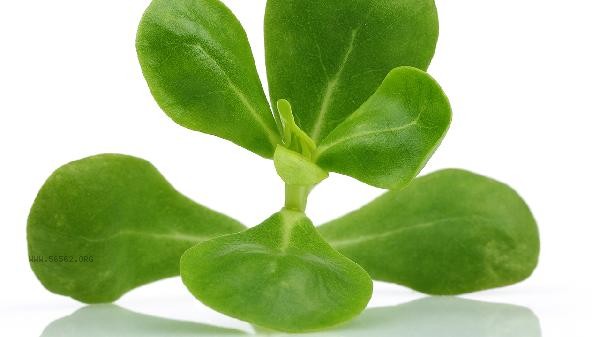
It is recommended to blanch purslane and mix it with cold water or as a filling. For those with spleen and stomach deficiency and cold, ginger should be used in combination. Fresh products can be used topically to treat insect bite dermatitis, and after drying, they can be boiled in water for sitz baths to improve hemorrhoid swelling and pain. Due to its oxalic acid content, long-term consumption in large quantities may affect calcium absorption. It is recommended to consume it no more than 3 times a week, with 100-150 grams per time. Pregnant women and those with loose stools should use with caution, and medication should be used in combination under the guidance of a traditional Chinese medicine practitioner.



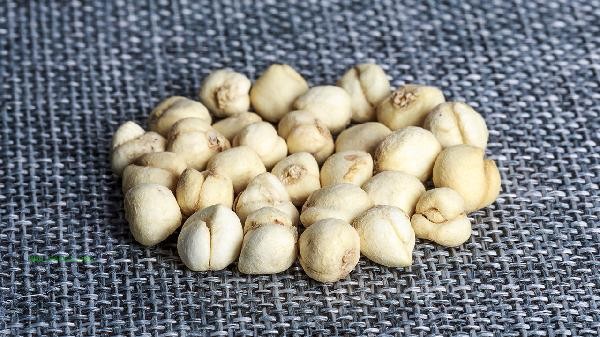

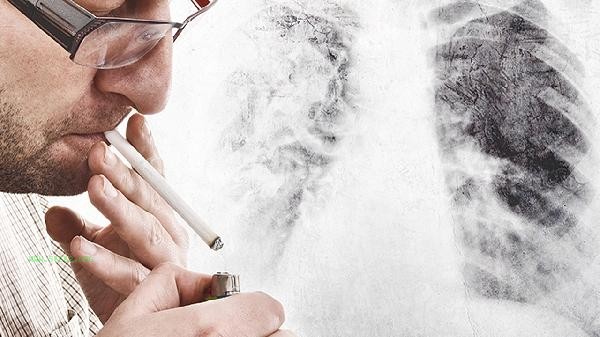


Comments (0)
Leave a Comment
No comments yet
Be the first to share your thoughts!